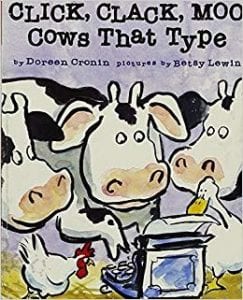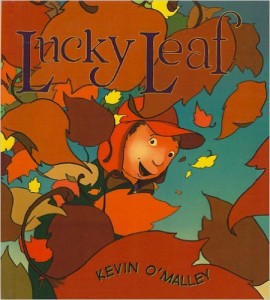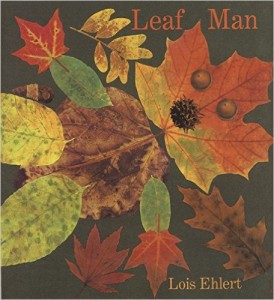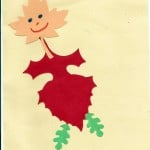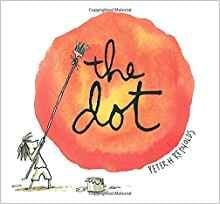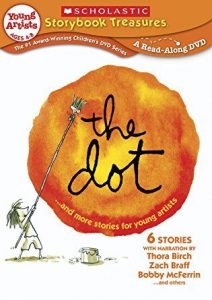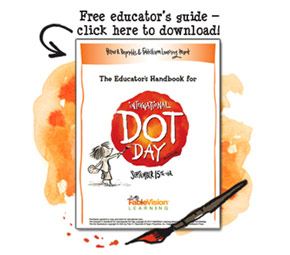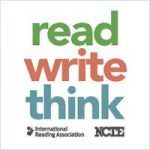 I’m not going to keep you long at my blog today; instead I’m going to send you over to Expect the Miraculous to read a post written by Andy Plemmons, who is the award-winning media specialist at Barrow Elementary School.
I’m not going to keep you long at my blog today; instead I’m going to send you over to Expect the Miraculous to read a post written by Andy Plemmons, who is the award-winning media specialist at Barrow Elementary School.
 In The Power of First Lines: Another New Library Orientation, Andy shares how he begins building a culture of reading during the very first week of school. His message to students revolves around the joy and power of reading, and everything he says and does during their first visit to the library communicates that.
In The Power of First Lines: Another New Library Orientation, Andy shares how he begins building a culture of reading during the very first week of school. His message to students revolves around the joy and power of reading, and everything he says and does during their first visit to the library communicates that.
I appreciate that he so generously shared his strategies for giving kids a positive experience with books. And in a world where social media revolves around sharing only our moments of carefully filtered perfection, I appreciate that he also shared what he terms a “pitfall” of this type of library session. (To which I reply: I realize that we all have a different level of tolerance for noise and disorder, but my philosophy is that learning is often loud and messy, and that’s okay. I’m glad Andy feels that the value of giving the students this type of experience outweighs the nuisance of a few mis-shelved books.)
If you’re thinking, “Wait, this is a library orientation lesson, and it’s already the end of September, so hasn’t this ship pretty much sailed already?” let me reassure you that it’s never too late to implement these ideas in your library.
So without further ado, go read his post! You’ll be glad you did!
Bookshelf image is from Creative Library Concepts http://creativelibraryconcepts.com/roll-it-over-mobile-shelving-helps-libraries-to-open-up-space/




